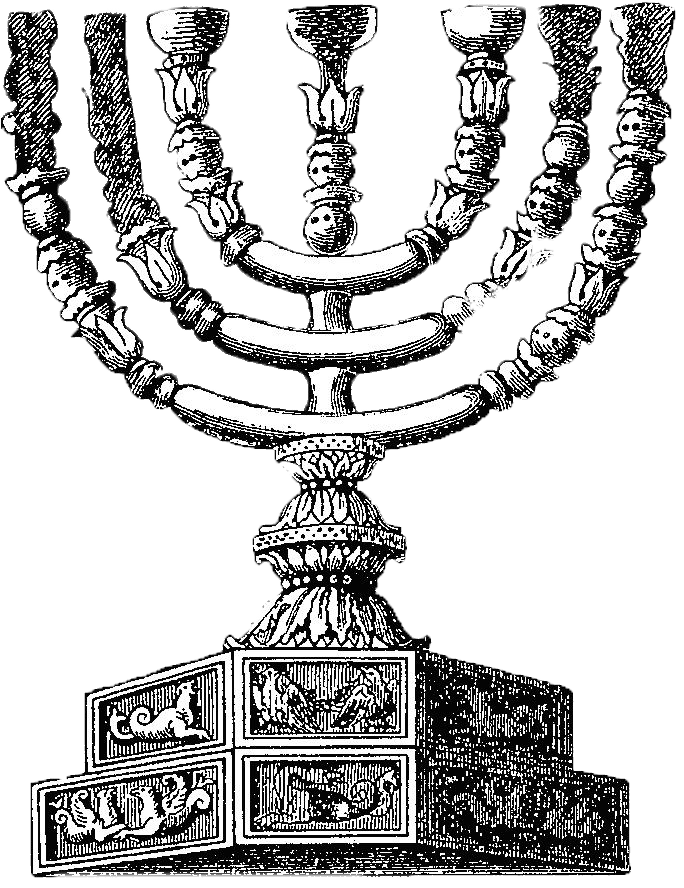

The coffered interior vault features a representation of Titus’ apotheosis, as well as a coffered image of him. Roman figures carrying war spoils, or spoils, in a victorious march are depicted in the high relief carving. Emperor Titus’ victory in Judaea is commemorated by a magnificent interior panel that is especially eye-catching. The Arch of Titus, located in Rome, Italy, has been a symbol of the Roman Empire since the time of the Roman Empire. In honor of his brother and successor to the throne, Domitian (emperor, 81-96 c.E.), he commissioned this arch, which was built as an honorific monument and dedicated to him. The golden menorah reminds us that Jews have a rich and long cultural heritage that we continue to commemorate today. The film’s enduring power and religious identity can be seen in its enduring power. The Temple Institute constructed the menorah, which is based on extensive research conducted by academics and biblical scholars. The Jewish Quarter of Jerusalem’s Old City contains one of the most impressive examples of the seven-branched menorah. It has long been regarded as a symbol of Jewish identity and faith in antiquity, and it has since become a popular theme in religious art. Originally, a menorah was discovered in Jerusalem’s wilderness sanctuary, but it was later discovered in the Temple. It is a powerful reminder of the rich spiritual and cultural heritage of the Jewish people in this work. The seven branches of the menorah, which represent all of Judaism, are widely regarded as one of Judaism’s most recognizable symbols. It was made of pure gold and was placed in such a way that it was the first thing that people would see when they entered the inner court of the Temple. The menorah was lit each day and had seven branches, signifying the seven days of Creation. The menorah was also a symbol of the covenant between God and the people of Israel. This is where the presence of God was believed to be the strongest. In the ancient Temple in Jerusalem, the menorah was placed in the Holy of Holies, which was the most sacred area of the temple. Where Was The Menorah Placed In The Temple? The image of the seven branches of the menorah on the Arch of Jerusalem is now considered a symbol of the state of Israel. The Arch of Titus Project One of the most significant Roman artifacts to have survived, the Arch of Titus has had a lifelong impact on both Jews and Christians. This article will explore the significance of the Menorah on the Arch of Titus, and how it has shaped Jewish history and identity. Despite the destruction of the Second Temple in Jerusalem where the Menorah was housed, its image has been preserved in the Arch of Titus, and is still an important symbol of the Jewish faith. The Menorah, or seven-branched candelabrum, is a symbol of the Jewish faith and has been used as such since ancient times. The arch, located near the Colosseum, is also famous for its depiction of the spoils of war taken by the Roman army, including the Menorah. The Arch of Titus is one of the most famous monuments in Rome, having been built to commemorate the victory of the Roman Empire over Judea in 70 CE.


 0 kommentar(er)
0 kommentar(er)
